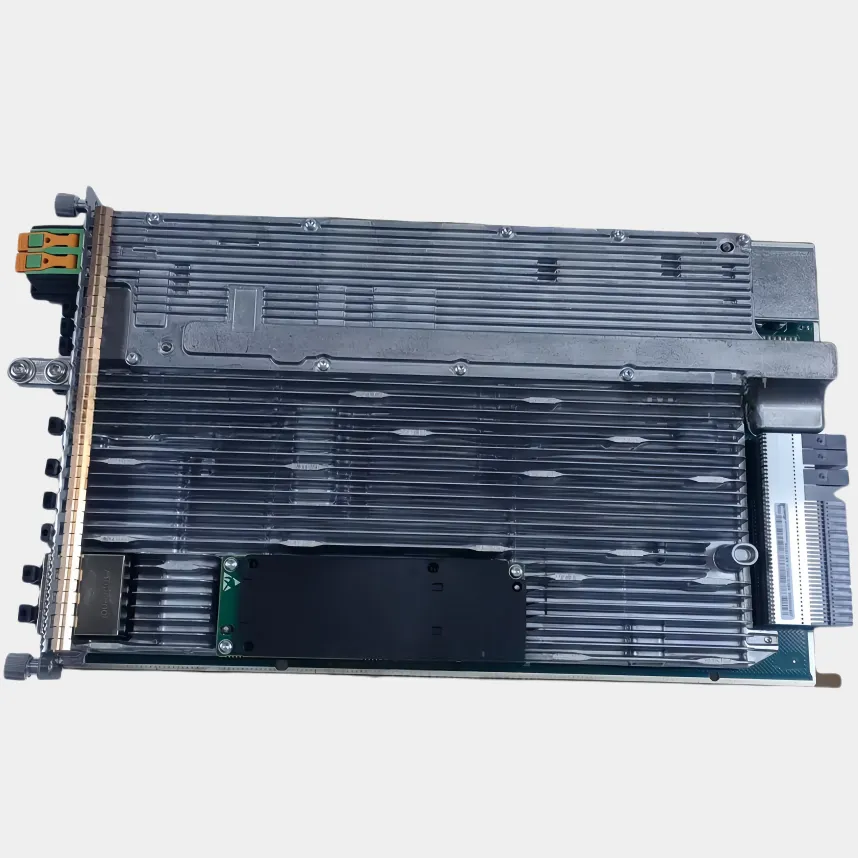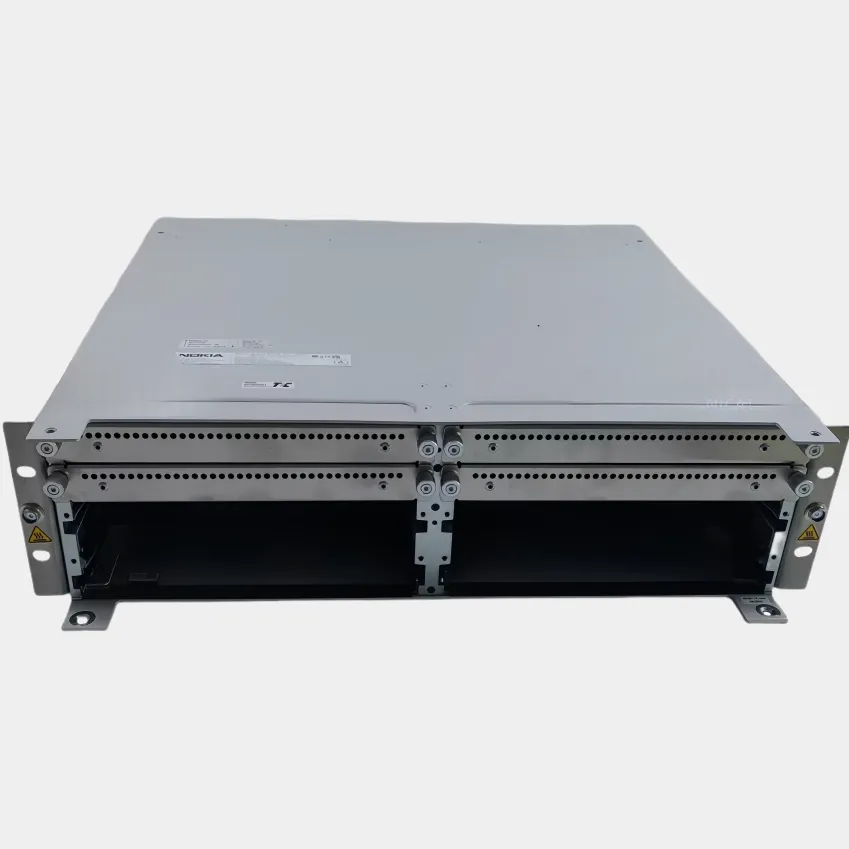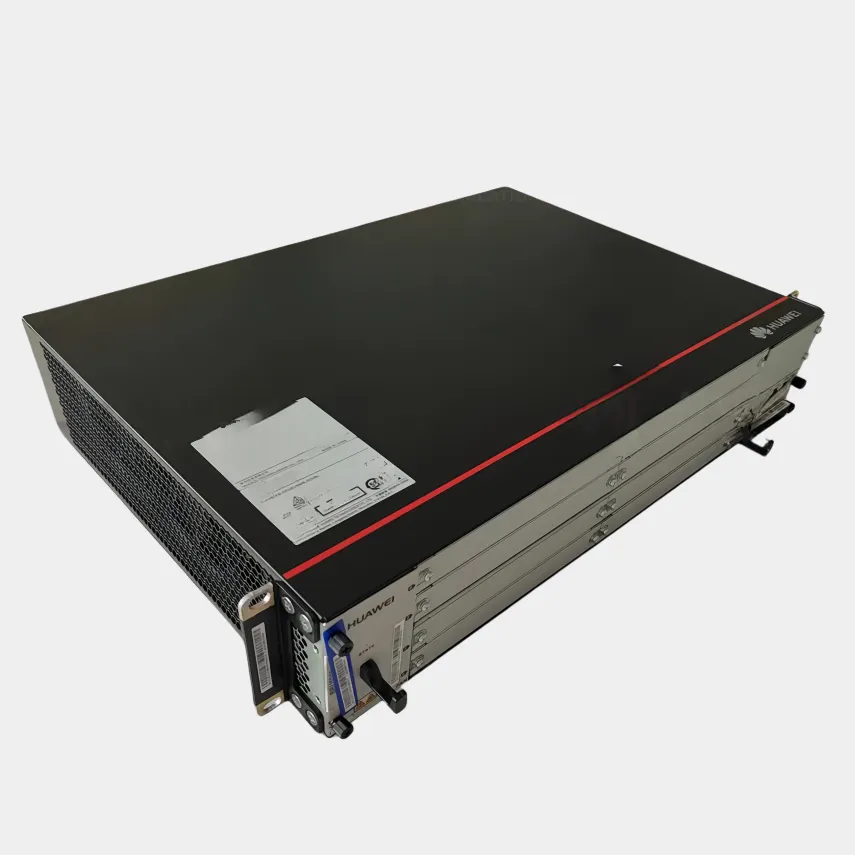Centralized BBU (Baseband Unit) deployment is a network architecture that consolidates baseband processing functions from distributed cell sites into a single or multiple centralized locations, aiming to optimize resource utilization, reduce operational costs, and enhance network agility. Unlike traditional distributed RAN (D RAN), where BBUs are co located with RRUs (Remote Radio Units) at each cell site, centralized deployment connects RRUs to a central BBU pool via fronthaul links (fiber or high speed microwave), enabling shared access to processing resources. This approach allows network operators to dynamically allocate BBU capacity based on real time traffic fluctuations directing more resources to busy urban cells during peak hours and reallocating them to suburban cells overnight, for example reducing the need for idle capacity at individual sites. Centralized BBUs also simplify network management: software upgrades, hardware maintenance, and troubleshooting can be performed at the central location, minimizing on site visits and downtime. Energy efficiency improves as well, with shared cooling systems and power supplies at the central hub reducing per unit energy consumption compared to scattered D RAN sites. However, successful deployment hinges on fronthaul performance low latency (under 10 ms for 5G) and high bandwidth (10+ Gbps per RRU) are essential to maintain signal integrity, making fiber optics the preferred fronthaul medium. In practice, operators often phase deployment by centralizing BBUs in regions with high traffic density first, leveraging economies of scale, while retaining distributed models in remote areas where fronthaul costs are prohibitive. As 5G and beyond networks emphasize flexibility, centralized BBU deployment serves as a foundation for virtualized and cloud based RAN (vRAN, C RAN), aligning with broader industry trends toward network softwarization.


